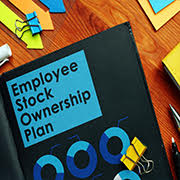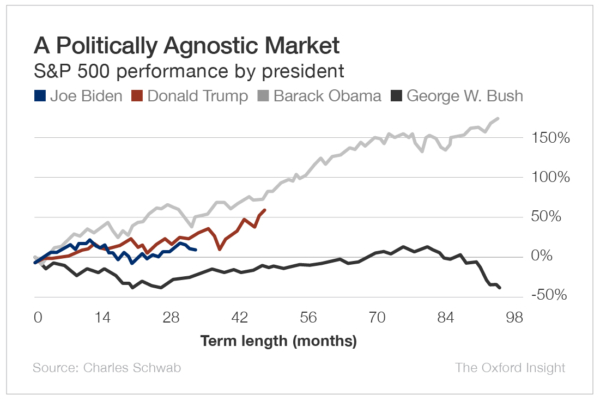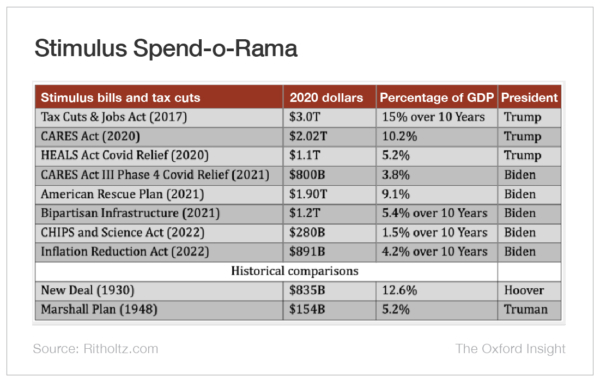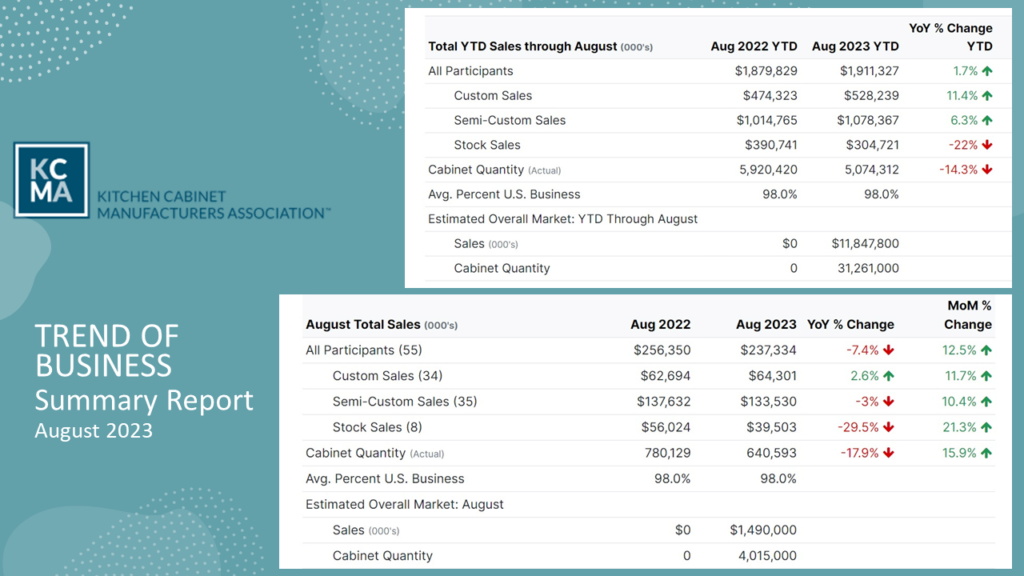Quiet quitters, snowflakes: Debunking generational stereotypes in the workplace

Whenever a new generation comes through, it stirs conversations about how much this new cohort will disrupt the way we work. Such was the case with millennials, now it’s Gen Z and soon it will be Gen Alpha creating headlines. And while there are natural differences due to the environments in which each generation is raised, there are actually far more commonalities.
But we often stick rigidly to stereotypes: Gen Z professionals hate work and are all quiet quitters, boomers don’t want to learn new tech and are resistant to embracing artificial intelligence.
In a multigenerational workforce, there are common myths that may be harmful to the workplace at large. To make inclusive and dynamic teams, people from all age groups should have a voice, and be free from age bias. Here’s a myth buster:
Myth: Baby boomers aren’t embracing new technology.
With the boom of AI, the age-old proverb “you can’t teach an old dog new tricks” has arisen once again. But it’s hugely misleading. No matter the sector, workforce or generation, employees are learning new skills as jobs become inevitably digitized and automation-driven. Naturally, there will be exceptions, but that’s the case for all generations.
And it’s not just older workers that we make assumptions about. Evidence has emerged to show that Gen Z actually isn’t as universally tech savvy as older generations have always presumed, at least with workplace tech. Meanwhile, older generations have their finger on the pulse when it comes to workplace technology and are ready to learn more.
Employers who have leaned into this myth have potentially caused more damage. Visier’s newest skills report found that nearly half of all surveyed individuals admitted feeling disengaged from their work because of the lack of skills development and training opportunities. Baby Boomers and Gen X actively seek ways to acquire new skills.
“It’s even surprising that experienced business leaders spend more time learning about emerging technologies than their less-experienced counterparts,” said Dr. Andrea Derler, principal of research and value at people analytics and workplace planning software Visier.
And 56% of C-suite executives (assuming that often more tenured and senior employees are from an older generation) educated themselves on generative AI tools, whereas only 12% of entry-level employees (mostly younger generations) did.
Myth: Gen Z and millennials are lazy and don’t care about work.
Gen Zers have made themselves known for the quiet quitting movement, “lazy girl” jobs, leaving the office at or before 5 p.m., and keeping to a strict work-life balance no matter what. But millennials paved the way, pushing back on working conditions accepted by previous generations. Today, a popular belief is that the two younger generations don’t care about work and are lazy. However, the truth is that they prioritize flexibility and working for organizations with values that align with their own.
There are folks in both generations who have quickly risen to management positions and beyond and have pushed for real change in the workplace. Deloitte’s 2023 Gen Z and Millennials survey revealed that both groups consider their jobs vital to their identity. In fact, 62% of millennials and 49% of Gen Z view their work as more important than exercise, music, or hobbies, second only to family and friends.
“Millennials are some of the hardest working people in the workplace at the moment, but they have the element of mixing that with work-life balance that allows them to work a lot more productively, rather than just head-down for hours,” said Ollie Russell, U.K. head of sales at HR services company Employment Hero.
Niamh Spence, a U.K.-based communications consultant, said she sees this myth being perpetuated all the time. “People say they aren’t prepared to put in the work but they absolutely are,” said Spence. “They’re not snowflakes, they’re not work-shy. I actually think quite a lot of them are just time efficient and are aware of what they can get done in their workday.”
Myth: Your work hours reflect how hard you work.
This statement wouldn’t have been a myth 10 years ago. However, it’s still one that older generations are still leaning into.
“The older generation still think that you must be at your desk past 6 p.m. but it’s an older idea compared to the ones that come with the newer generations,” said Spence.
“There’s an argument to be had with that presenteeism of ‘I’ve sat at my desk for 10 hours today’ compared to someone who says they are only going to work when they know they are the most productive.”
Niamh Spence, a U.K.-based communications consultant.
The traditional workplace for desk-based employees was in the office, starting officially at 9 a.m. with many staying well past 5 p.m., even into the night depending on the industry. Visibility was a key metric to see how productive an employee was. The unspoken assumption was if you were in the office you were working hard, if at home, you had your feet up watching Netflix or other daytime TV. However, post Covid-19, that has gone out the door, at least for younger generations.
“There’s an argument to be had with that presenteeism of ‘I’ve sat at my desk for 10 hours today’ compared to someone who says they are only going to work when they know they are the most productive,” said Spence. “If it works better for you to have a really long lunch break to go to the gym or for a walk and it breaks up your day and it makes you more productive, then that’s fine.”
Myth: Younger generations don’t care about salary.
Gen Z and millennials face a lot of stress due to work pressures and worries about their financial future, according to the same Deloitte study mentioned earlier. “Gen Z, in particular, tends to be more financially conservative because they witnessed prior generations struggling,” said Derler.
Visier research shows that younger employees think about money and also want to discuss it. For example, they are more comfortable discussing pay compared to older employees, according to the survey. And 89% of Gen Z are open to talking about pay, even with their co-workers, while only 53% of boomers are willing to do so.
“This indicates that not only do younger generations think about their work, and if pay is equitable, but they will also inform themselves about salaries, and even discuss their thoughts with each other openly,” said Derler.
Myth: Older generations can’t grasp the importance of DE&I.
Younger professionals are known for taking a stand on social justice and ensuring those values integrate into the workplace. But they aren’t the first ones to make waves in this area.
“If you look at baby boomers, for instance, they were the pioneers of social change and at the forefront of the civil rights movement and strong supporters and starters of the feminist movement as well,” said Russell. “Saying they’re slightly out of touch is wrong. They were the pioneers.”
Today, we have seen a massive ramp up of what diversity, equity and inclusion looks like in the workplace. However, it doesn’t mean that the older generations don’t understand it.
Myth: Each generation is extremely different.
“With few exceptions, we don’t see big differences in our research across the generations,” said Josh Millet, founder and CEO of talent success company Criteria, which conducts an annual job candidate experience report. “The things that rise to the list for what’s most important to you in your next role tend to be pretty common.”
Those things that are on the top of the list range from work being meaningful, wanting more flexibility, work-life balance and career advancement and trajectories.
“These misconceptions can lead to biases, hinder constructive work relationships, and even result in harmful behaviors like microaggressions.”
Dr. Andrea Derler, principal of research and value, Visier.
In terms of priorities at work, Millet says that it’s not all that different. There will always be the core things that keep people at a job and the core things that push people to look for a new job. When we realize that, it can help people of any age work together better.
“These misconceptions can lead to biases, hinder constructive work relationships, and even result in harmful behaviors like microaggressions,” said Derler.
To combat that, she suggests that organizations share data about generational differences and encourage informal interactions between employees from all different groups. Things like reverse mentorships and one-on-one coffee chats can be helpful to provide those opportunities.
“As the workforce becomes more diverse due to shifting population patterns globally, it’s essential to bring people from all walks of life together in harmony,” said Derler. “Focusing on the similarities that unite them during work, rather than fixating on differences, is key to enabling effective collaboration.”




